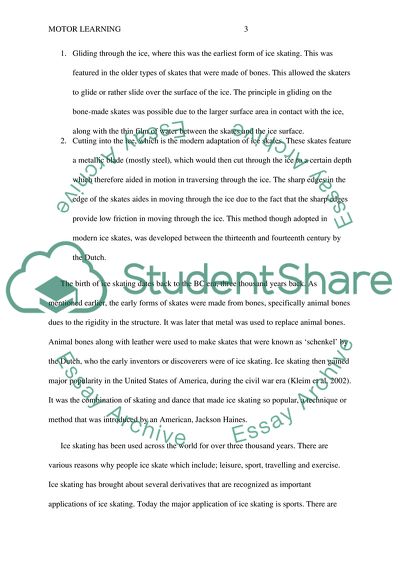Cite this document
(“A losed-Loop Theory of Motor Learning Term Paper”, n.d.)
A losed-Loop Theory of Motor Learning Term Paper. Retrieved from https://studentshare.org/education/1877120-teaching-ice-skating-to-a-10-years-old
A losed-Loop Theory of Motor Learning Term Paper. Retrieved from https://studentshare.org/education/1877120-teaching-ice-skating-to-a-10-years-old
(A Losed-Loop Theory of Motor Learning Term Paper)
A Losed-Loop Theory of Motor Learning Term Paper. https://studentshare.org/education/1877120-teaching-ice-skating-to-a-10-years-old.
A Losed-Loop Theory of Motor Learning Term Paper. https://studentshare.org/education/1877120-teaching-ice-skating-to-a-10-years-old.
“A Losed-Loop Theory of Motor Learning Term Paper”, n.d. https://studentshare.org/education/1877120-teaching-ice-skating-to-a-10-years-old.


